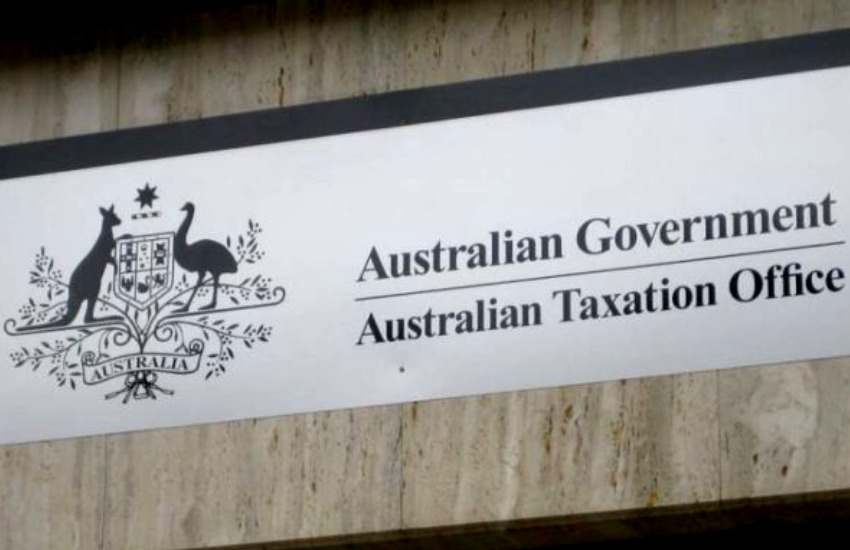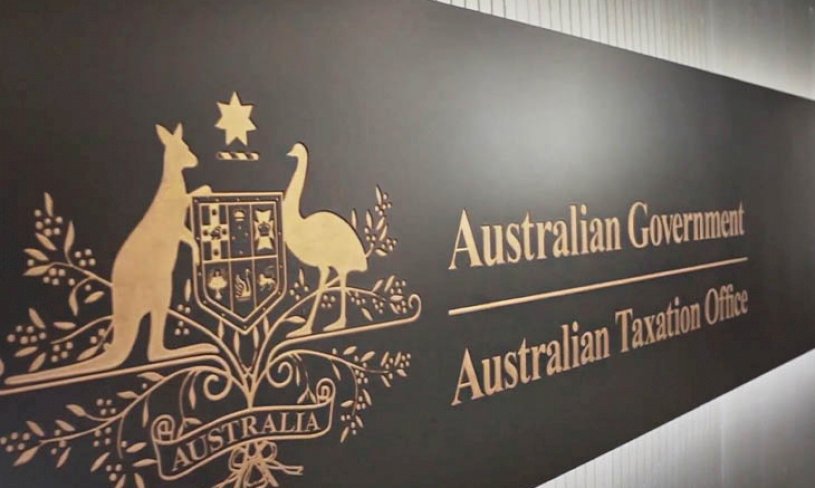The Tax Office has released its latest lifecycle guide for SMSFs which provides information on how to wind up an SMSF correctly.
As part of its series of lifecycle publications for SMSFs, the ATO has published another guide for SMSFs this week focused on winding up an SMSF.
The guide includes considerations for an exit plan, obligations when winding up, and a checklist.
The ATO said it is important that SMSFs have an exit plan for their fund, even if they are not intending to wind up now so that they are ready for any unexpected events.
The guide states that trustees should consider the individual circumstances of their fund and its members and ensure that each trustee agrees with the exit plan.
“Ensure the agreement with the exit plan is recorded, for example by documenting the decision in meeting minutes and having the trustees sign it,” the guide said.
It also explains the importance of checking the trust deed to see whether there are rules about how to handle specific life events.
As part of the exit plan for the fund, the guide states that trustees should consider the members’ instructions for dealing with their benefits upon their death including the validity of binding death benefit nominations.
They should also consider whether to appoint an enduring power of attorney, the estimated costs of winding up, the liquidity of the fund’s assets for making rollovers and paying benefits, and final costs.
Other aspects which need to be considered are whether the fund is SuperStream-ready to enable the roll out of benefits and who will keep the fund’s records once the fund is wound up, the guide explained.
The guide also provides a detailed step-by-step guide for winding up a fund and reminds SMSF trustees to leave closing the fund’s bank account till last.
“If you close it too early this can delay the wind‑up process,” the ATO warns in the guide.
“Only close your SMSF bank account or accounts after you have paid all final liabilities, received all final refunds from us, completed rollovers using SuperStream, and received confirmation from us that your fund has been wound up.”
This is the second SMSF lifecycle publication the ATO has published. It follows the release of the ATO’s ‘Starting a self-managed super fund’ guide in December last year.
Source: SMSF Adviser


